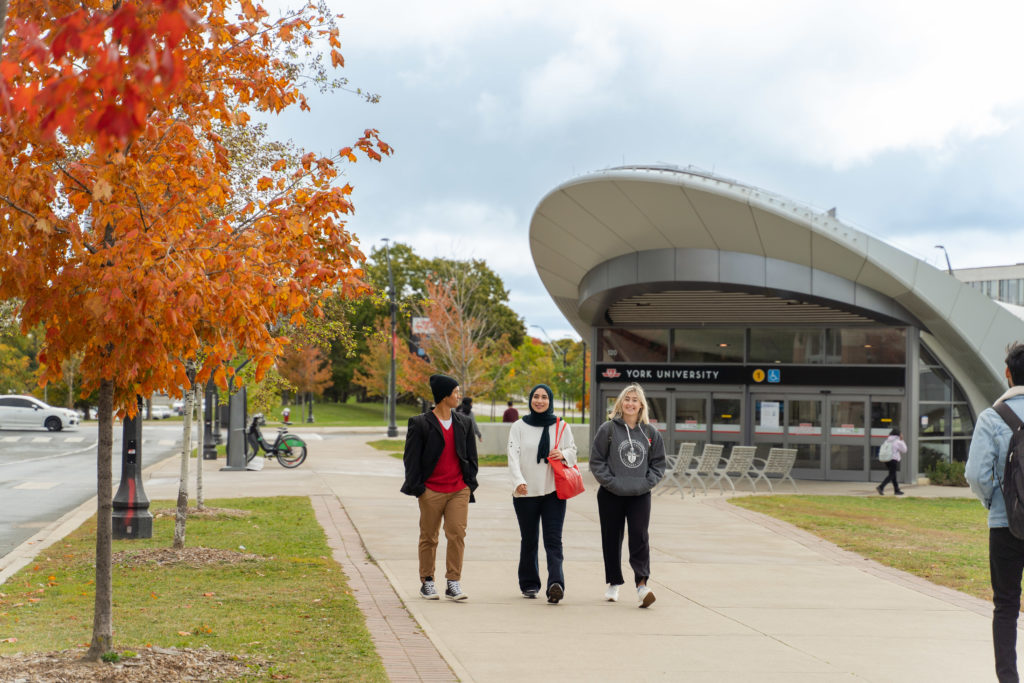
Quick Links
How to Create Sustainable Change
1. Rethink your waste
Reduce your waste: Disposable items are a major source of waste. Items such as plastic straws, spoons, forks, knives, bags, coffee cups, take-out containers, and anything which gets used once and then tossed in the trash. Did you know, a lot of this plastic waste can sit in landfills for hundreds of years before they break down or end up in our oceans, impacting marine life? Avoid “freebies” and “swag” that you get at trade shows and conferences, they usually end up as waste.
Reduce your food waste: Did you know over 1/3 of food is wasted and the average household throws out approximately $2,000 worth of food each year? Food thrown into your garbage bins ends up in landfills and breaks down in ways that can create greenhouse gases. Prevent food waste with planned shopping and creative ways to consume what you purchase.
Reuse: Use reusable napkins, reusable containers, reusable and organic feminine hygiene products, and turn old t-shirts into rags.
Recycle: Paper, plastic, electronics, batteries and clothing can all be recycled.
2. Eat Sustainably
Did you know a plant-based diet can help fight climate change? Reducing meat consumption can have tremendous benefits for the planet. Meat production is one of the most environmentally destructive industries. It is responsible for the use of massive amounts of water, pollution, greenhouse gas emissions and habitat destruction. Consider planting a backyard garden or a vegetable box on your balcony.
3. Embrace a Minimalist Lifestyle
A minimalist lifestyle is one of the most effective ways to live sustainably. One way to embrace a minimalist life is by buying only what you need.
4. Buy Local and/or Second-Hand, Sell or Donate
- Give new life to an item by buying second-hand. There are many consignment shops and online groups that buy/sell items.
- Resell items you no longer need or donate them to charity.
- Purchase locally, you will help reduce long-distance shipping and avoid increasing your carbon footprint.
- Buy eco-friendly, non-toxic products.
5. Reduce Paper Consumption
Think about the environment; before you print, ask yourself if a hard copy is necessary.
6. Sustainable Transportation
Consider walking, riding a bike, taking public transit, or carpooling. Did you know that walking and riding a bike are two of the most sustainable forms of transportation with side effects of keeping you fit and healthy?
7. Reduce Heating and Air Conditioning Usage
Many of us reach to turn on the heating or air conditioning all too quickly – but before you do, try other alternatives. In colder weather, try adding extra layers of clothing; in warmer weather, consider opening a window. Did you know that for every degree increase, more pollution is generated, which adds to climate change? In addition, you can save money by keeping your heating and/or air conditioning systems to a minimum. For every degree you reduce on your heater, you can save between 3-10 % on your monthly bill. Get informed, act and save money!
How to Plan a Sustainable Event
The planning phase is the perfect time to consider the sustainability of your event. Getting input from everyone involved with planning in the beginning stages can make it easier to accomplish a successful and sustainable event. Read on for some easy tips on how to plan a sustainable event!
1. Invitations/Promotion
- Consider paperless options where possible (YUConnect, YFile story, word of mouth... get creative!)
- Create branded evites with links to an online RSVP because they are better for the environment. They are easy to use, appear professional, and can be safer and more accurate than sign-up sheets.
- Develop online posters for your event that act as sharable graphics, links, posters or videos for social media buzz.
2. Purchasing
- Buy local, organic, fair trade where possible, even if it costs a little more.
- Minimize event impact by only buying what's needed.
- Challenge vendors/caterers to provide sustainable options.
3. Energy
- Consider using energy efficient A/V equipment where it is necessary (LED lighting etc.).
- Pick a venue with a suitable size for your event and consider venues that have smaller environmental impacts.
- Consider energy conservation efforts that you can make as users of a venue (i.e use daylighting instead of artificial light or avoid using a PA system).
- Always remember to turn everything off after the event is over.
4. Waste
- Reuse materials from event to event where possible (for repeat events, create signage without a reference to the date, so it can be used again, or signage with a blank spot that can be written on and erased later).
- Provide adequate recycling and composting at your event.
- Utilize reusable decorations, supplies, dishes, cutlery etc.
5. Transportation
- Ensure equity by planning a safe, inclusive, and accessible event.
- Plan your event at a location that is accessible by public transit, cycling or walking.
- If sustainable transit options are not available, consider organizing shuttle buses or shared transportation for attendees.
- Encourage attendees to connect with each other in advance to arrange carpools.
6. Change
- Make your commitment to planning sustainable events before, during and after your events.
- Be as inclusive as possible with pricing of events.
- Don't only plan events that are sustainable, but also consider planning sustainability-focused events.

Get your event sustainability-certified!
Check out the event planning scoreboard to put yourself to the test.

